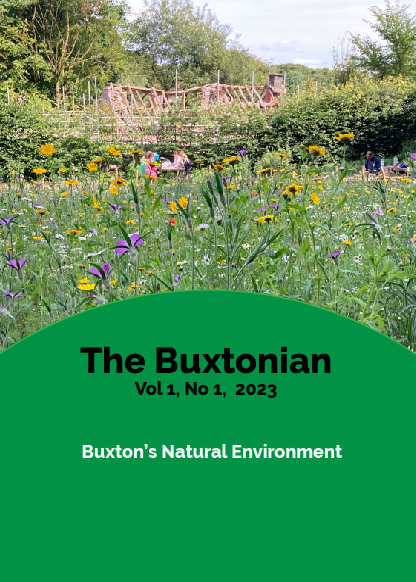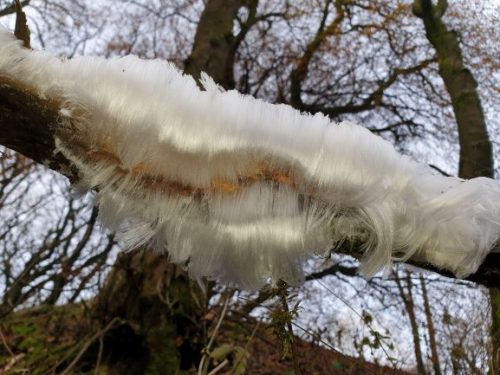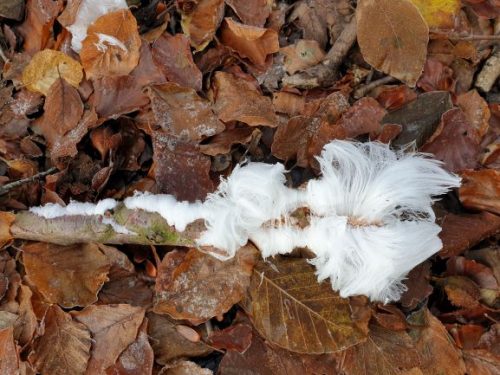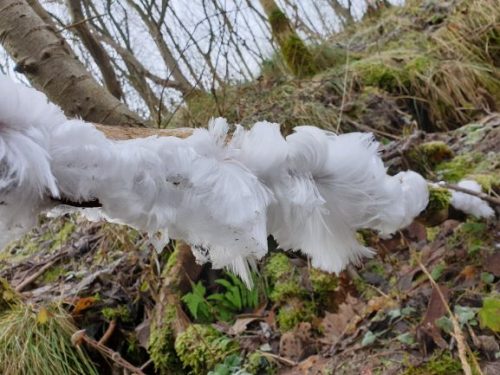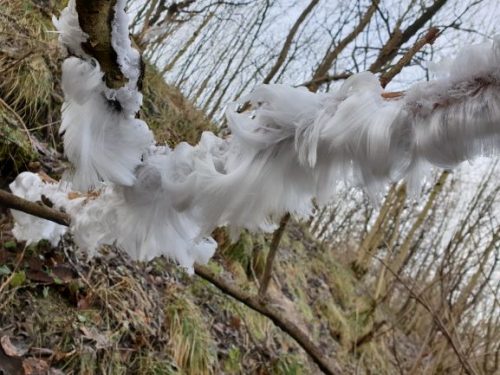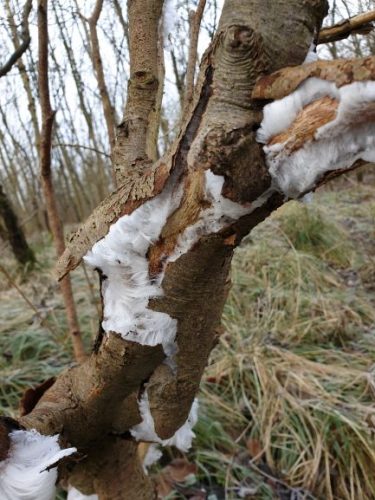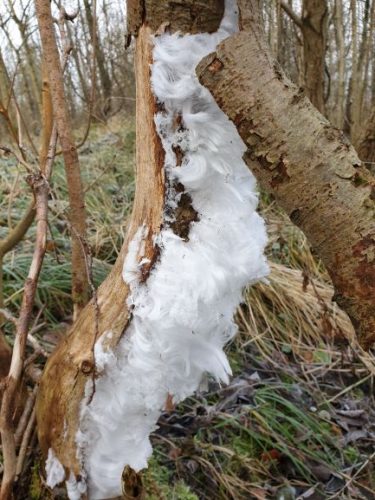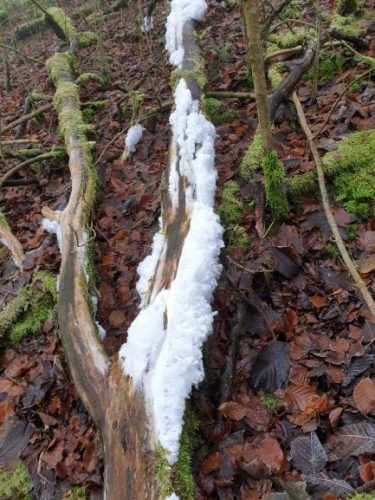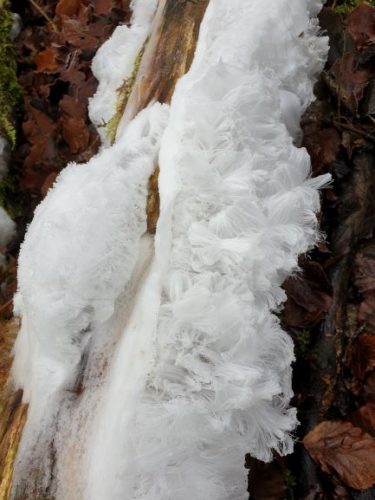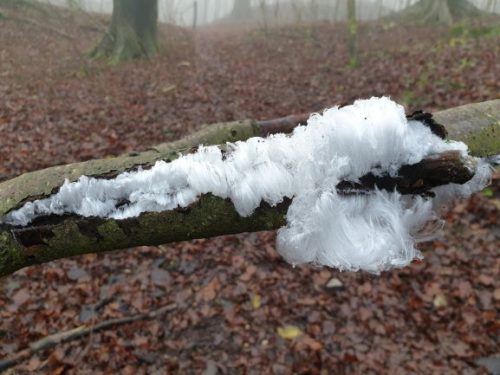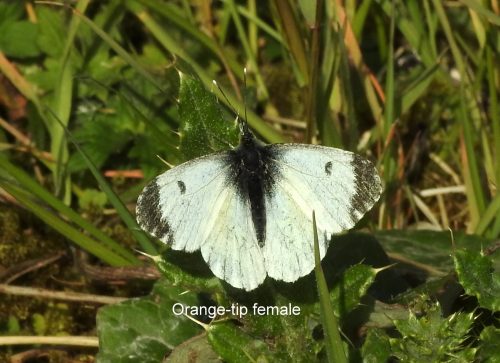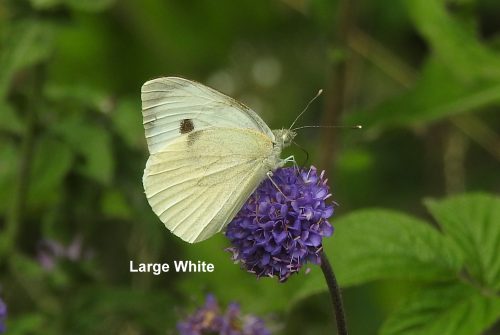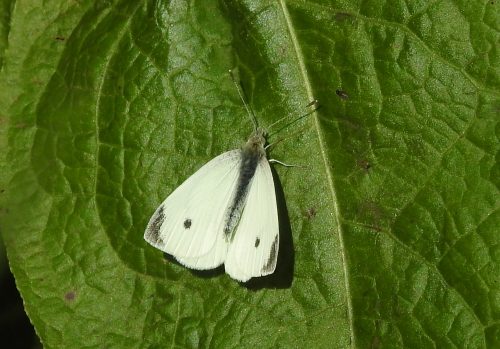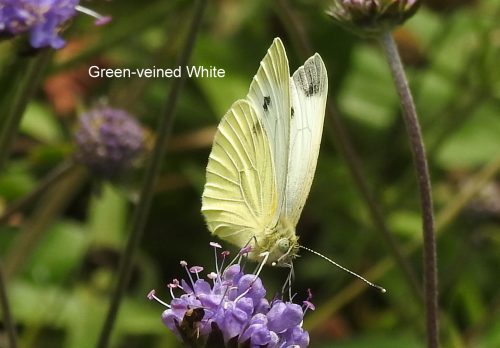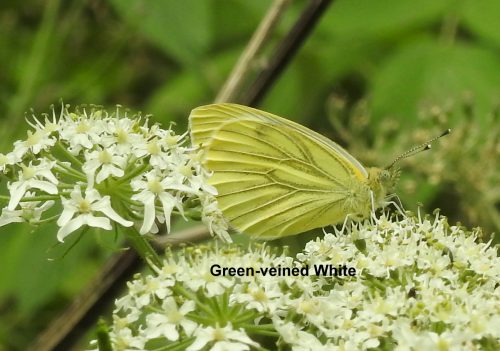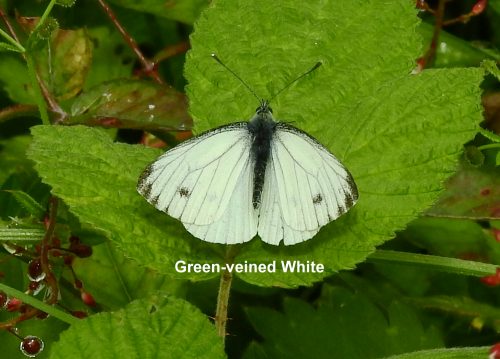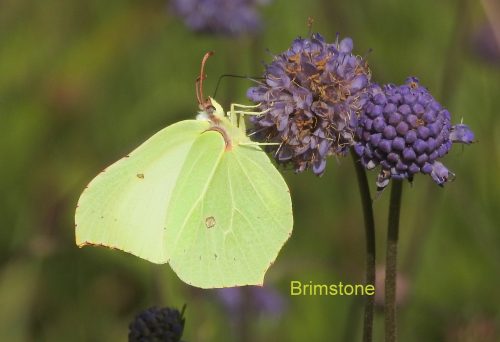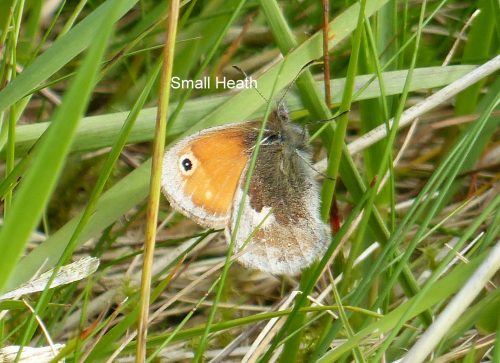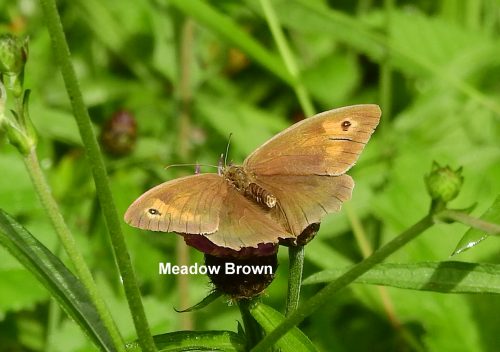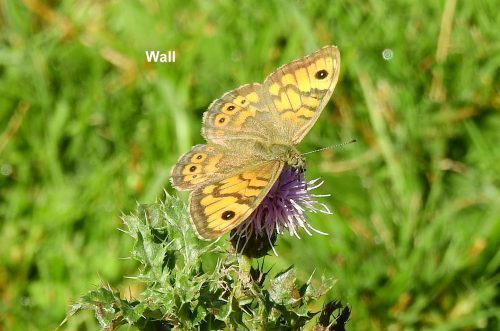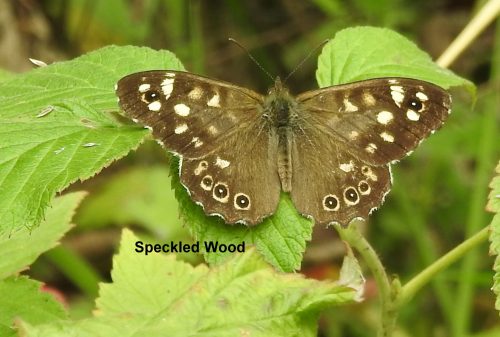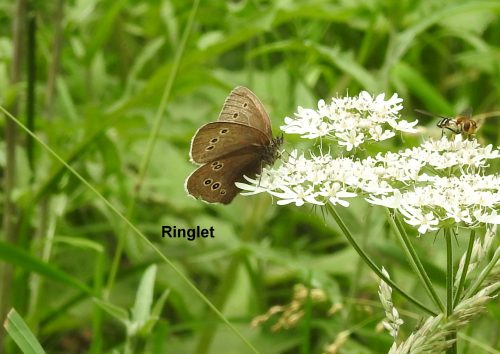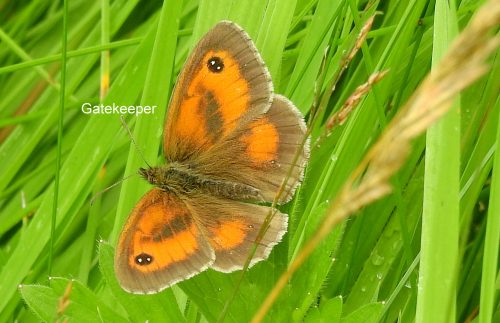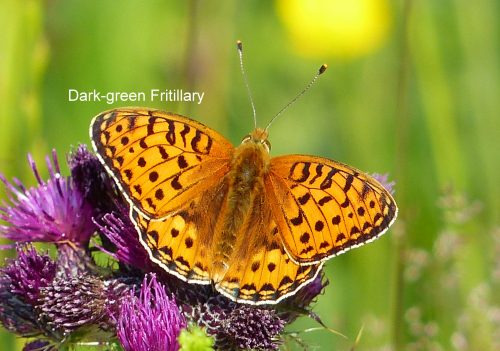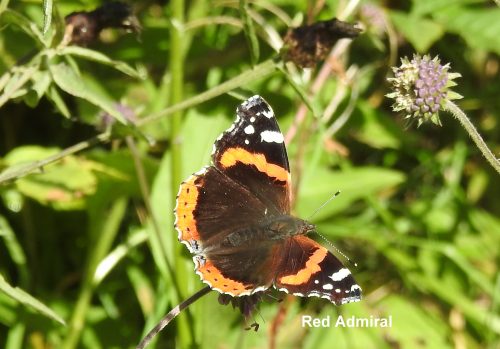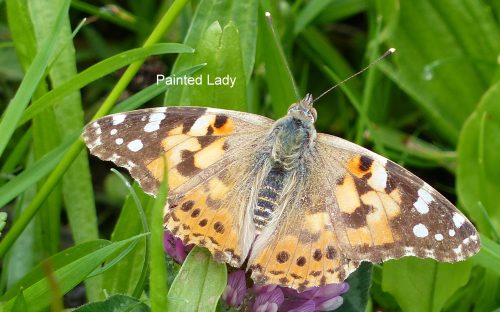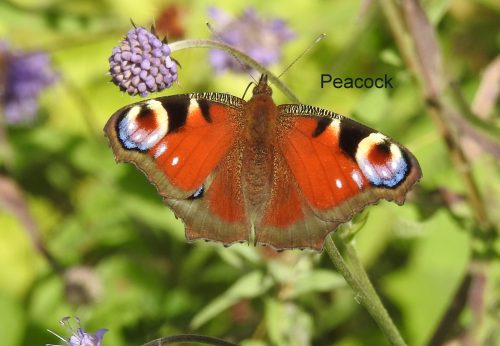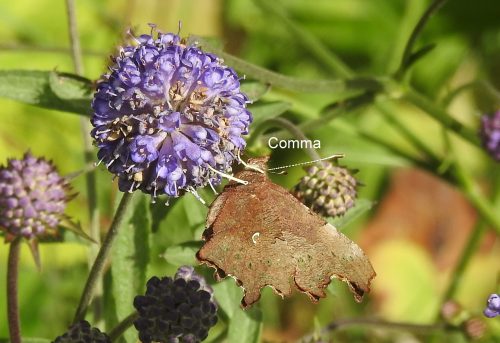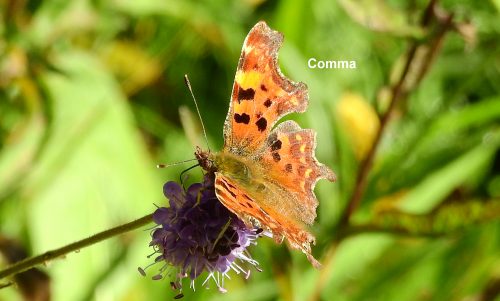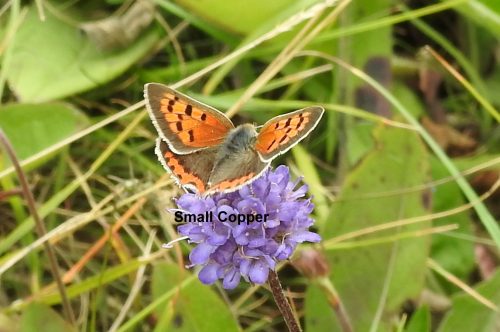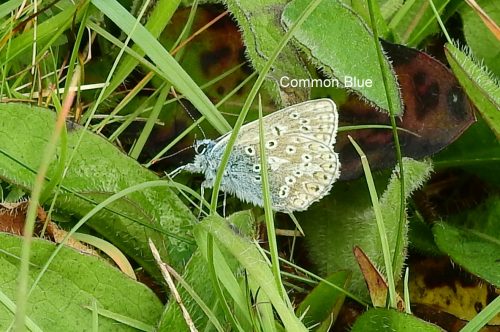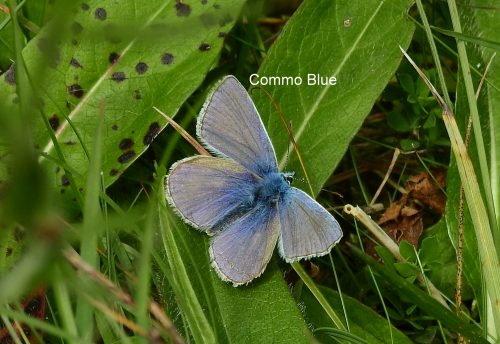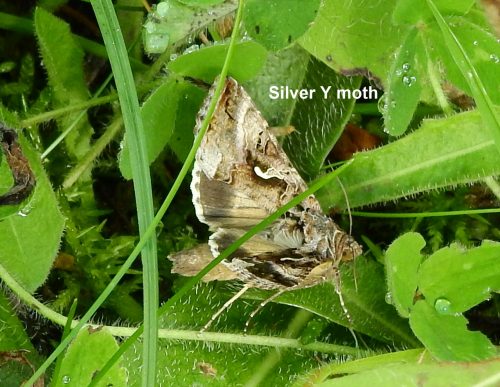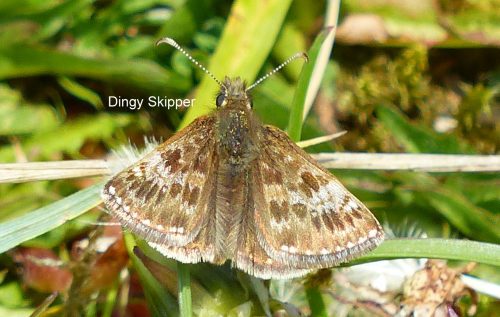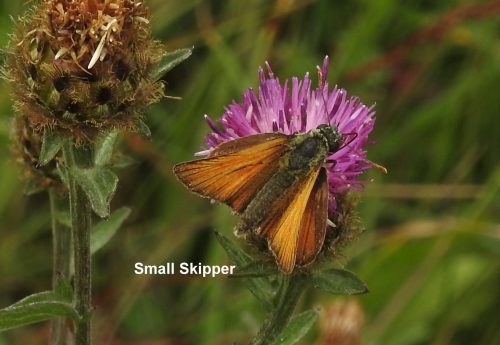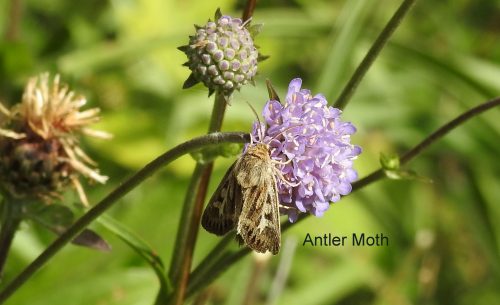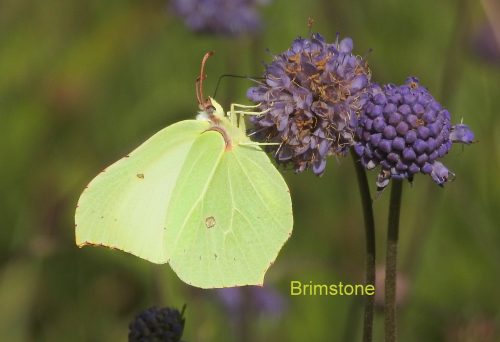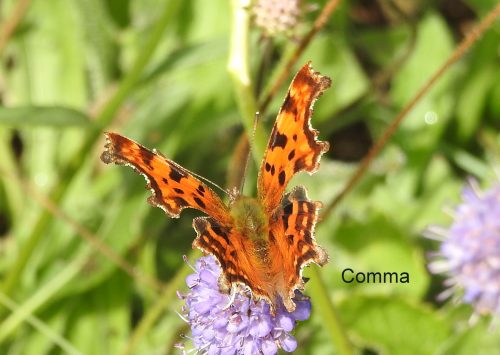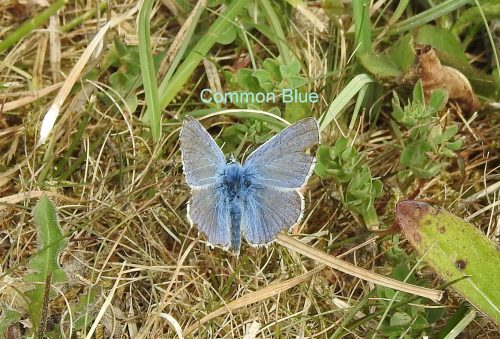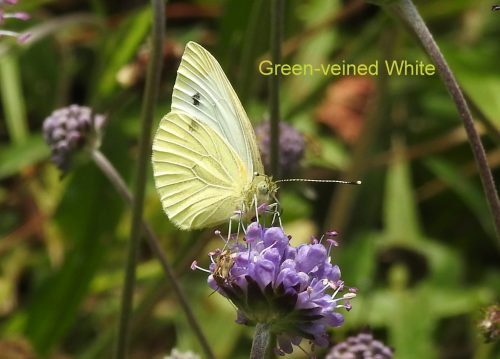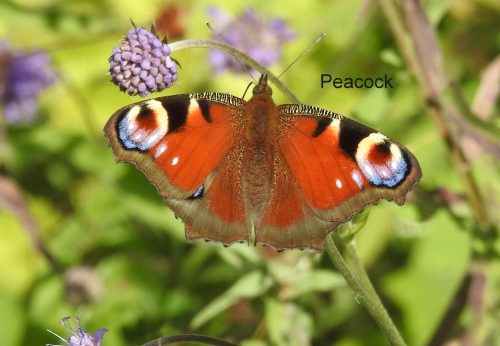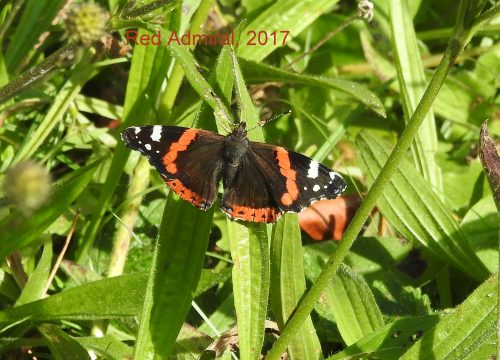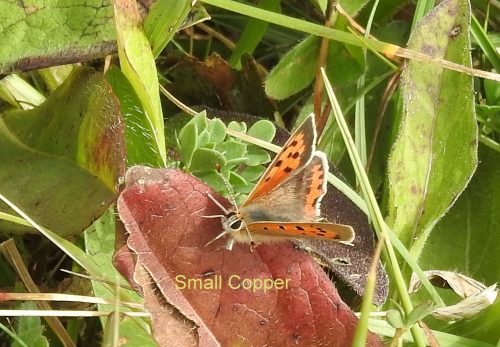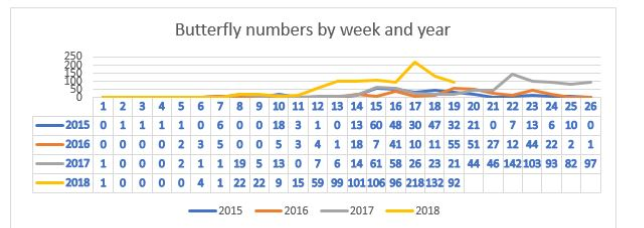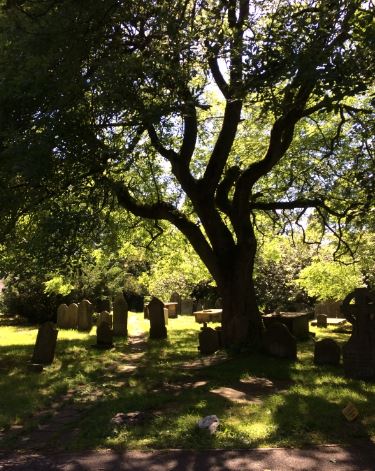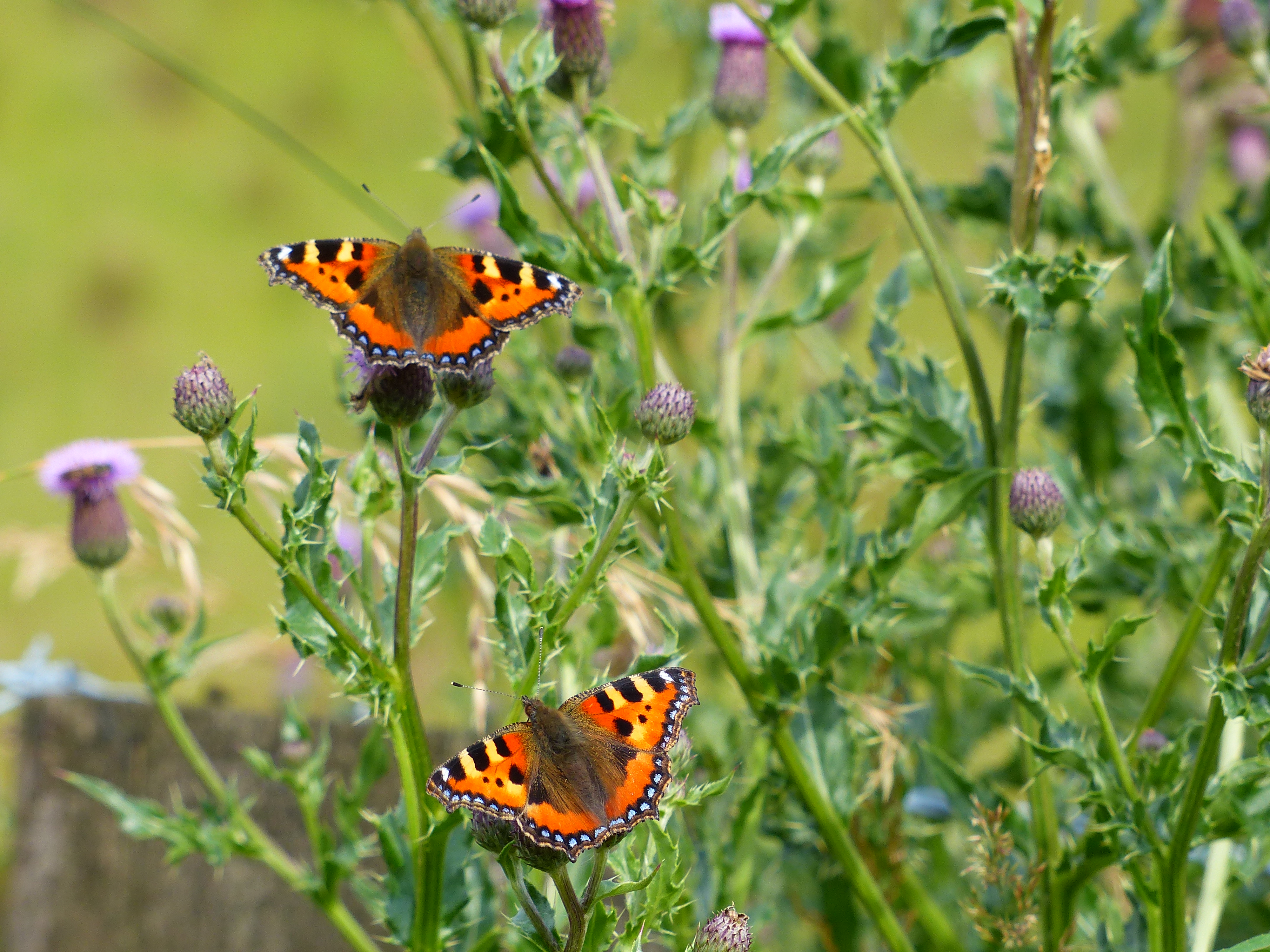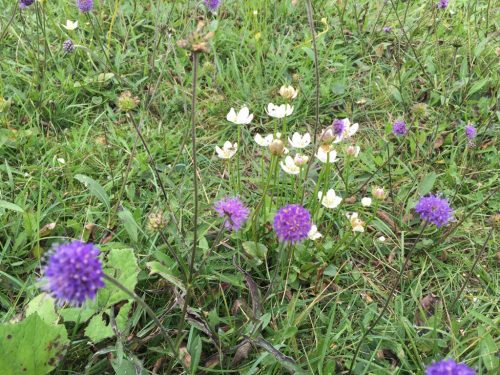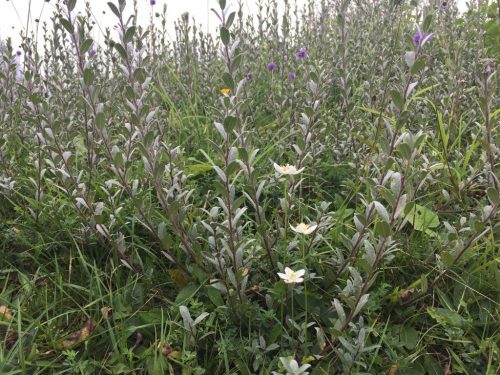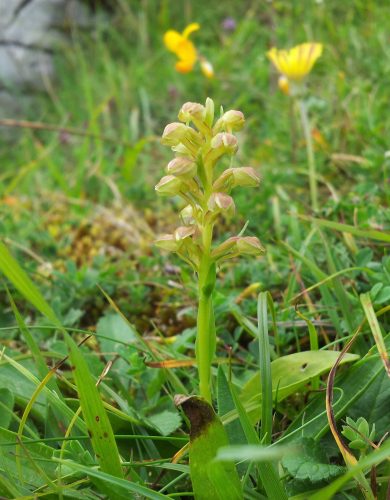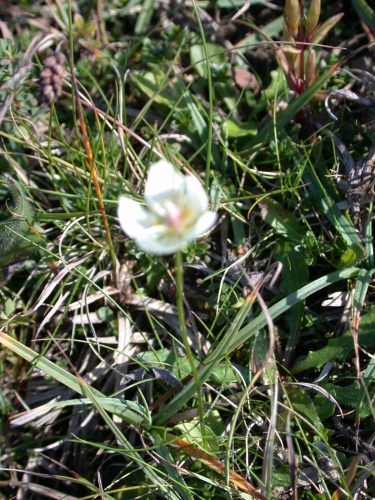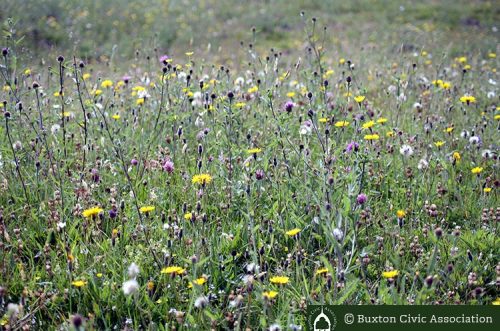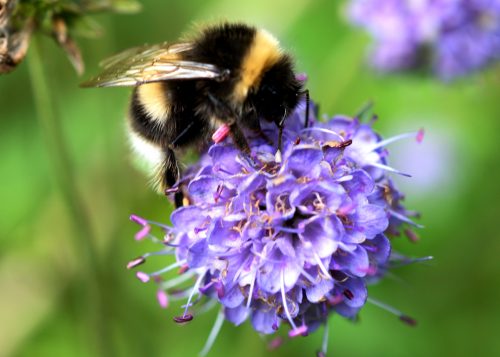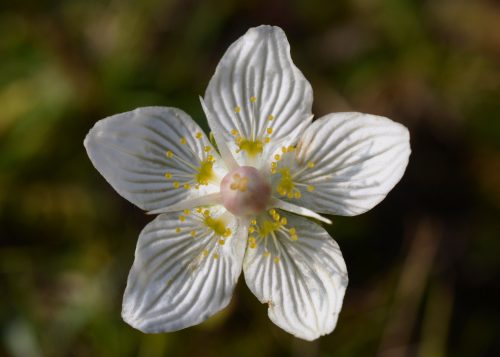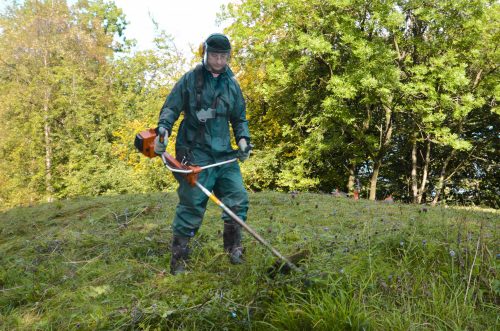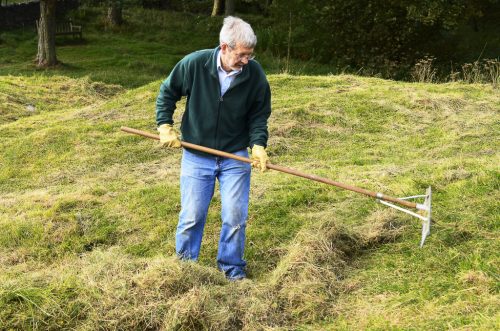7.00 pm Tuesday 10th December 2019 at Poole's Cavern Visitor Centre
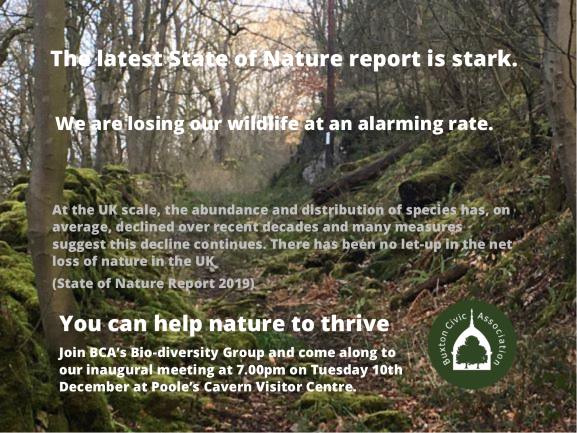
Everywhere nature is under pressure, and Buxton is no different from the rest of the country. As the pressure for more housing and roads increases the landscape becomes more and more fractured making it harder for flora and fauna to thrive and survive.
We need to take action to reverse this decline and it falls within the remit of BCA to take the lead on this. We have demonstrated our stewardship of the beautiful woodlands that we own but we need to look outside our own estate and bring together all the wonderful, dedicated hardworking groups in the town that care for and look after nature.
There is a need for a dedicated grouping to bring these concerned individuals and groups together and to attempt to address these important issues in the town. We have had informal liaison with the Buxton Field Club (a group of naturalists concerned with the study of natural history in and around Buxton) and several BCA members who share this concern. They agree that it would be helpful and valuable for BCA to create a group to fulfil this role.
Some of the immediate issues of concern are;
• the future management of the Nestle landholding at Lightwood
• the management of Fernydale Local Nature Reserve (adjacent to our Sherbrook Wood)
• the County Council land at Solomon’s Temple
• the management of wildflower areas at the Serpentine
• conservation of the important, highly threatened breeding population of Curlew and Lapwing in the immediate vicinity of Buxton
• the management of Cowdale Quarry
• the management of road verges
• spread of tree diseases in the town
• the conservation of breeding populations of swifts, martins, swallows and bats that use buildings in the town
• the conservation of wildlife on brownfield sites in the town
Many of these issues involve liaison, potentially lobbying and, hopefully, partnership working with other organisations (e.g. Nestle, High Peak Borough Council, Derbyshire County Council, Derbyshire Wildlife Trust and RSPB).
If you are interested in being part of the Biodiversity Group email us at;
We are holding an inaugural meeting at Poole’s Cavern on Tuesday 10th December 2019 at 7.00pm.
If you are interested in coming along it would be helpful if you could let us know at communications@buxtoncivicassociation.org.uk
